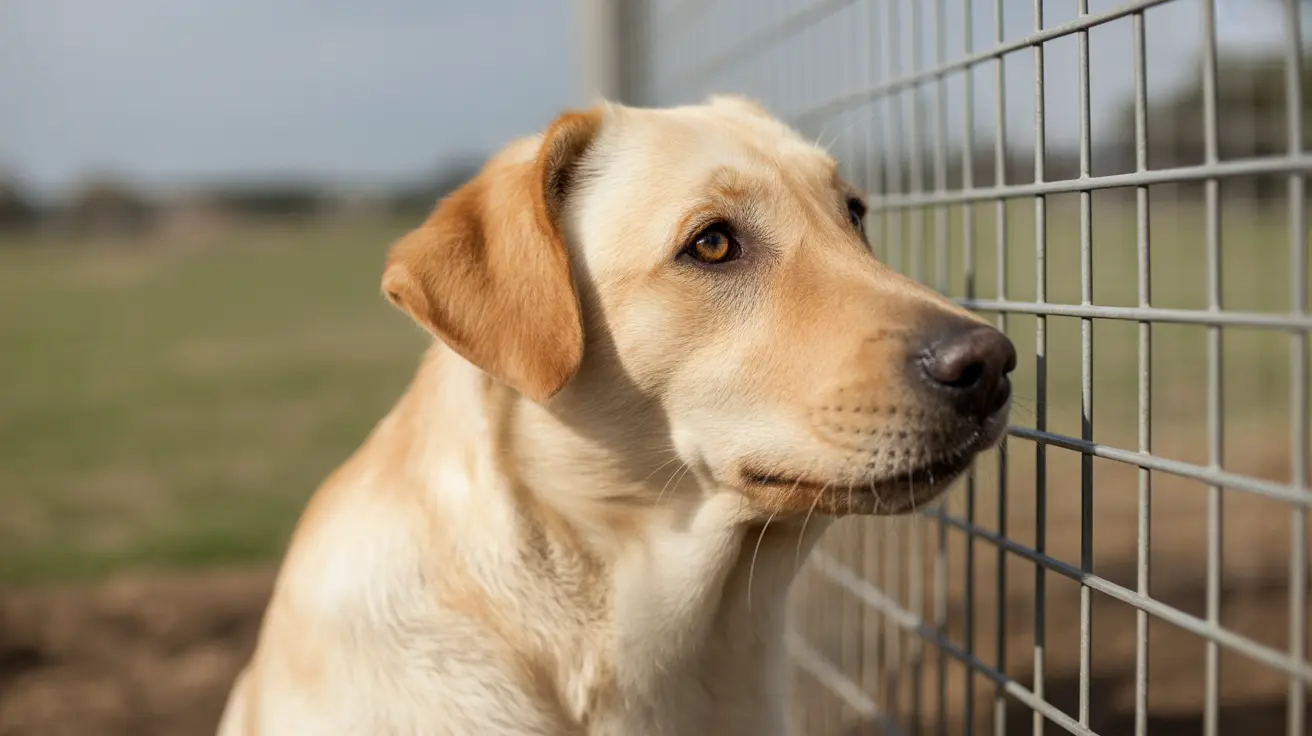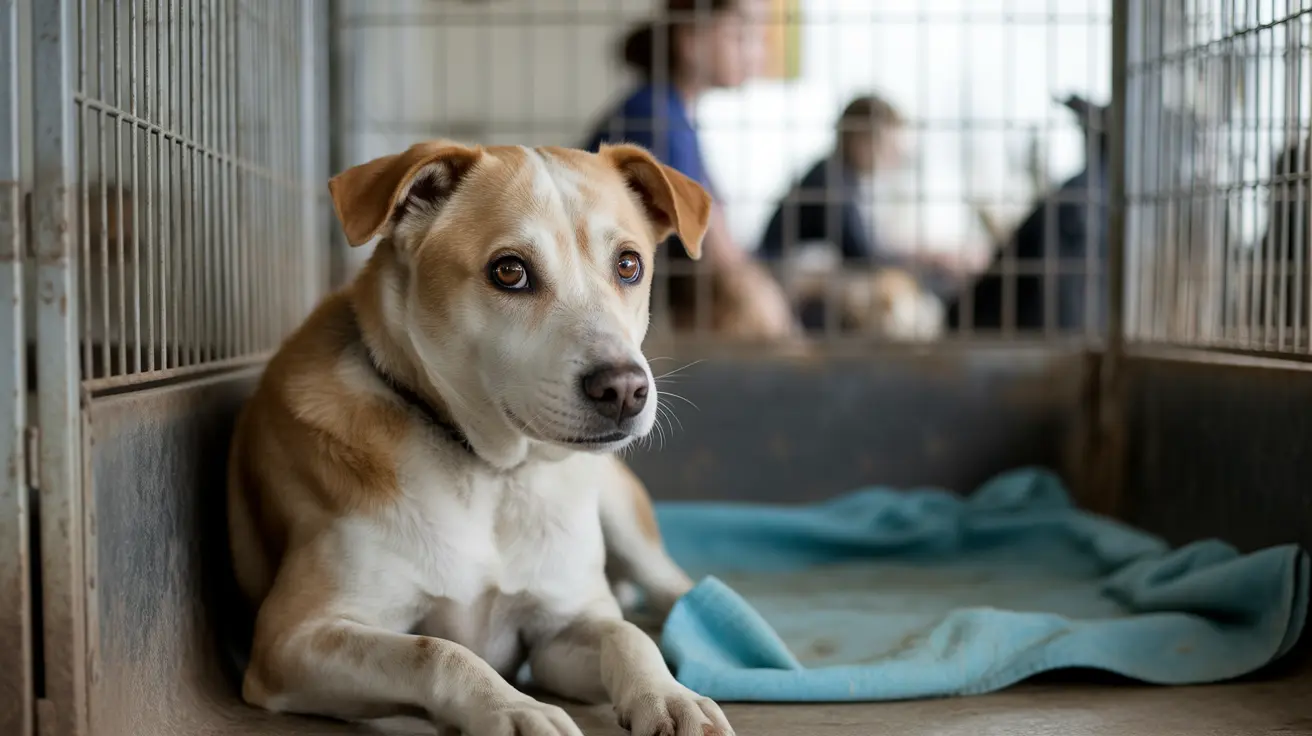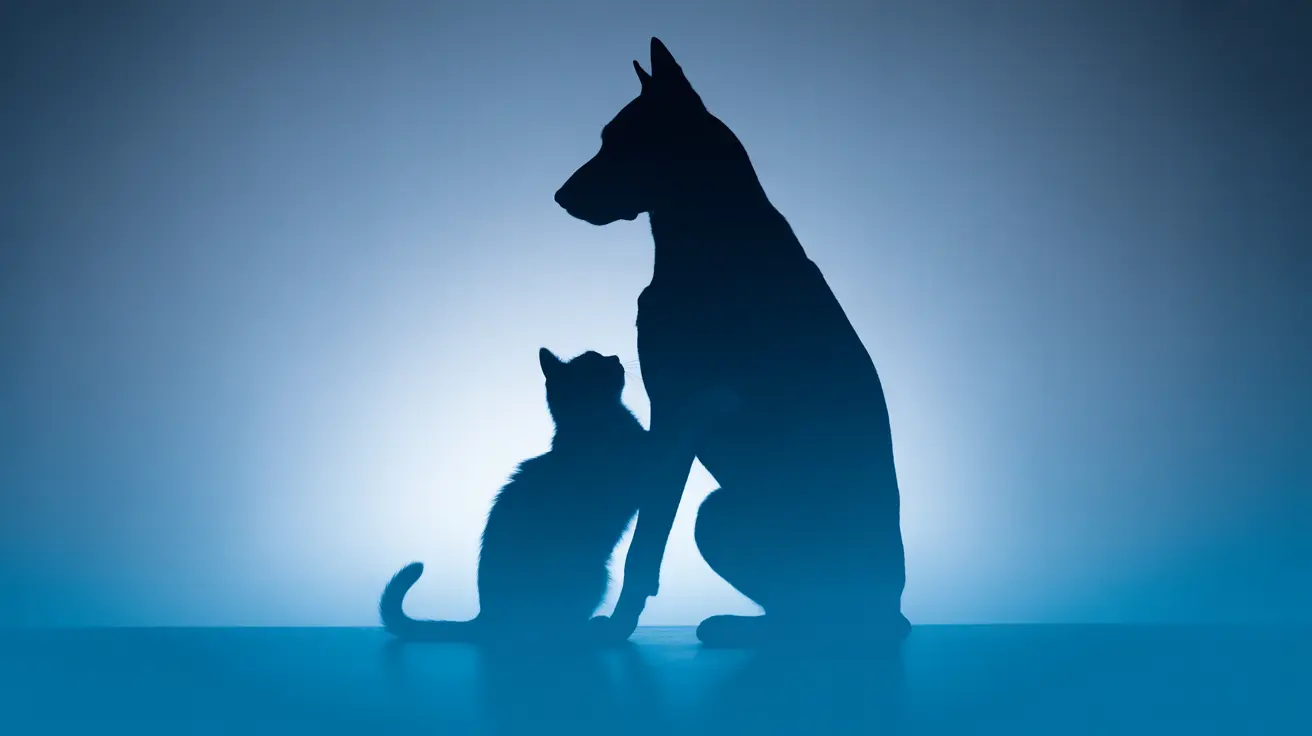Understanding Seasonal Depression in Cats
When the days grow shorter and sunlight fades, many of us feel a shift in mood. But what about our feline companions? Seasonal depression, or more formally, Seasonal Affective Disorder (SAD), is well-documented in humans. The question of whether cats experience something similar is both fascinating and important for pet owners who want to ensure their furry friends' well-being.
What Is Seasonal Affective Disorder?
Seasonal Affective Disorder is a type of depression that's directly related to changes in seasons. It typically begins in late autumn or early winter and lifts as spring approaches. While the exact mechanisms are still being studied, it's clear that reduced daylight plays a significant role by affecting hormones like melatonin and serotonin—both crucial for regulating mood and sleep.
Do Cats Experience Seasonal Mood Changes?
There's no scientific consensus that cats develop SAD in the same way humans do. However, many pet owners and animal experts observe notable changes in feline behavior during the darker months. These observations suggest that while cats may not have SAD per se, they can experience seasonal mood disorders.
- Cats may sleep more than usual.
- Lethargy or decreased activity is common.
- Eating habits might change—some eat more, others less.
- Withdrawal from social interaction can occur.
- Reduced interest in play and exploration is often noticed.
- Some cats become more vocal or restless.
- A decline in grooming habits may be observed.
Weight gain is another potential sign, often resulting from reduced activity levels during the colder, darker months.
The Science Behind Feline Seasonal Changes
Cats are crepuscular animals—they're most active at dawn and dusk. This natural rhythm makes them sensitive to changes in daylight hours. As sunlight decreases:
- Their brain chemistry shifts, impacting melatonin and serotonin levels.
- Hormonal changes related to breeding cycles might influence behavior—even for spayed or neutered cats.
This sensitivity doesn't just affect their bodies; it can also impact their mental state, leading to symptoms reminiscent of seasonal depression.
The Human Connection: Owner's Mood Matters
Cats are incredibly attuned to their owners' moods and routines. If an owner becomes less energetic or experiences depression during winter, their cat may mirror these changes—becoming lethargic or stressed themselves. Shifts in daily patterns like feeding or playtime can further unsettle a cat's sense of security.
How Can You Help Your Cat Through Seasonal Changes?
- Increase Natural Light Exposure: Place your cat's favorite bed near a window or install a perch so they can bask in whatever sunlight is available. Some owners even create safe outdoor enclosures (catios).
- Try Light Therapy: Special full-spectrum light boxes designed for pets can simulate sunlight indoors, potentially helping regulate your cat's circadian rhythms and improve their mood.
- Maintain Consistent Routines: Stick to regular feeding times and play sessions to provide stability and reduce stress for your cat.
- Engage in Regular Play: Use interactive toys or puzzle feeders to keep your cat physically active and mentally stimulated when outdoor time is limited.
- Mental Stimulation: Treat puzzles and games help prevent boredom—a key factor in behavioral issues during winter months.
- Encourage Socialization: Spend quality time with your cat; offer warm spots near social areas so they're encouraged to stay engaged rather than isolate themselves.
- Adjust Feeding Gradually: If you need to change feeding schedules due to daylight shifts, do so slowly to avoid confusion or overeating.
If you notice severe symptoms—such as extreme anxiety, drastic appetite changes, or obsessive grooming—consult your veterinarian promptly. Sometimes supplements or other treatments may be recommended under professional guidance.
Pets Mirror Human Seasons
Cats aren't alone: dogs also show increased sleepiness, lower energy, and appetite changes during fall and winter. Behavioral signs like withdrawal or clinginess are common among pets as they respond both to environmental cues (like reduced light) and human routines shifting with the seasons.
Treatment Strategies
- Maximize exposure to natural sunlight whenever possible; artificial full-spectrum lights can supplement this indoors.
- Create structured schedules for meals, exercise, playtime—even if it means setting reminders on your phone!
- Add enrichment indoors: scratching posts, climbing trees, new toys keep things interesting when outdoor adventures are limited by weather.
If you have access to safe outdoor spaces (and your cat enjoys them), encourage supervised time outside on milder days for fresh air and stimulation. Warmth—like heated beds—and comfort go a long way toward reducing anxiety too.
A Compassionate Approach Makes All the Difference
The science may not be settled on whether cats get SAD exactly like humans do—but it's clear that many experience real behavioral shifts as seasons change. With awareness, small adjustments at home can make a big difference: more light, consistent routines, extra playtime, warmth, social engagement—and veterinary care if needed—all help support your cat's happiness through winter's gloom into spring's renewal.





